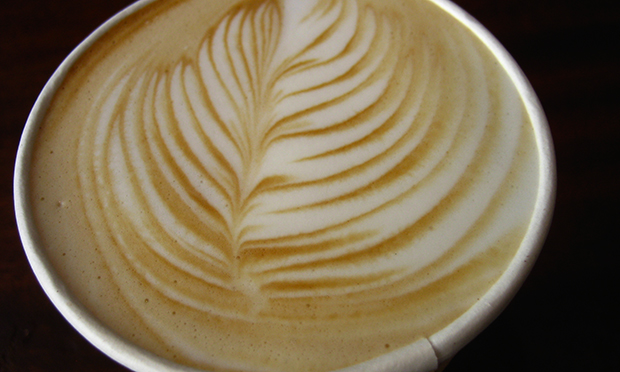The Flat White Economy – book review
Douglas McWilliams first found out about hipsters by monitoring the number of passengers coming through Old Street tube station every day. He thought the huge spike in Oyster swipes he saw by 2012 must be some kind of recording error, but on further examination found it was in fact the thunderous beeping and banging of thousands of people rushing to join a new kind of economy.
The “advanced techie people, marketing people and creative types” McWilliams and his staff at economics consultancy CEBR increasingly had to wade through to get to their own Old Street offices had their odd collection of new industries christened by McWilliams’ colleague Rob Habron as the ‘Flat White Economy’, after the beverage the workers consumed in the largest quantity. The name allegedly stuck in economic circles and, thanks to McWilliams’ zippy little book on the ‘FWE’, may well catch on in other circles too.
Its headline finding is this datum: 32,000 businesses were set up in the postal district EC1V (i.e. Old Street) between March 2012 and March 2014. The book is about how this astonishing level of entrepreneurial go-getting got going, where it’s got to and where it might get us: by 2012 there were 114,500 FWE jobs, and McWilliams argues that if its success can be replicated elsewhere the Flat White Economy may lead to a bright future for the UK as a whole.
McWilliams tells the story of the City Fringes’ transformation into Tech City through lots of stats, international comparisons and aside observations about the lives of young workers. There were three main drivers of the FWE’s development: relatively cheap rents (at least to start with); an existing substrate of art, media and communications business; and a lot of high-skilled immigration, mainly from afflicted Eurozone countries. McWilliams’ general point about immigration is that having lots of people from different backgrounds working together makes for more creative thinking, which is a hearteningly cosmopolitan thing to hear in a time of increasing parochialism.
The book’s optimism may occasionally grate. There’s little room for what has been lost to the FWE’s creative destruction: the closed galleries and priced-out tenants. It’s not that kind of book. And McWilliams – as an economist – should be fulsomely praised for writing about young people without emphasising their importance as a mysterious and fickle market needing to be advertised to in complex ways.
Instead, a generation closely associated with recession, austerity and student debt is given economic agency and seen as having the potential to transcend the beards, fixies and craft beers – and maybe change the world.
The Flat White Economy is published by Gerald Duckworth & Co Ltd. RRP: £16.99 ISBN: 9780715649534

